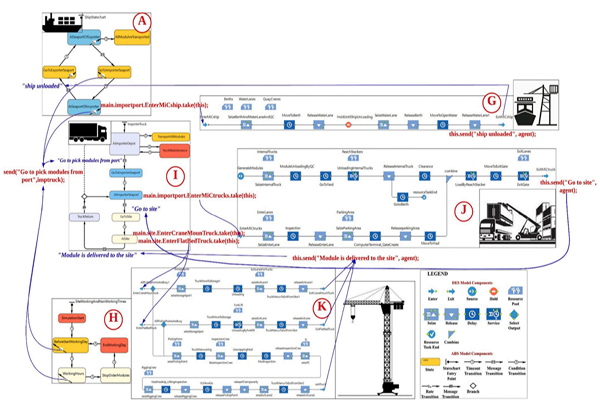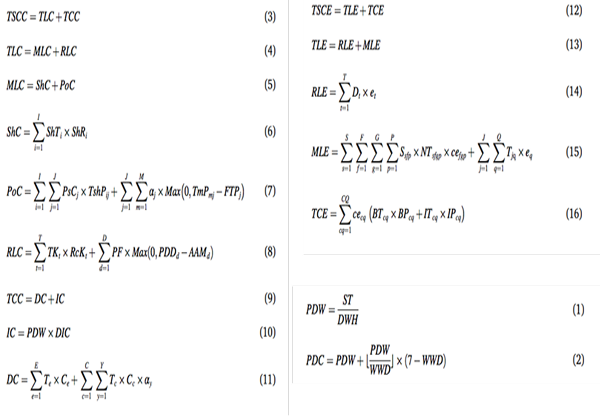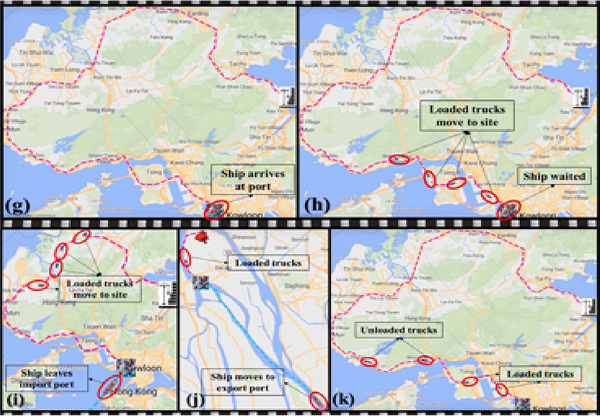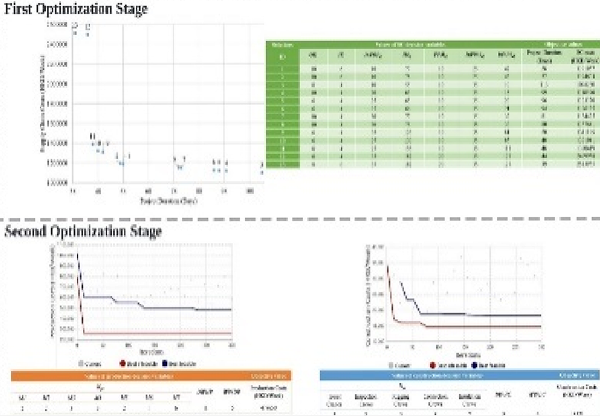AI-optimized MiC Logistics
System
Modular Integrated Construction (MiC) is an innovative construction method that involves manufacturing building modules in a controlled factory environment and then transporting and assembling them onsite. This method has gained significant attention in recent years due to its potential to reduce construction time, increase on-site productivity and save costs.

Challenges and Problems
Complexity
Logistic planning is a highly intricate process, encompassing a multitude of interrelated factors:
1) resource allocation
2) meticulous scheduling
3) module demands
4) capacity of trucks
5) ever - changing traffic conditions
Difference
The characteristics of MiC make it different from traditional logistics transportation, involving:
1) both water and land transport,
2) storage or just-in-time (JIT) mode,
3) different traffic rules in Mainland and HK, and
4) border control regulations.
Time-consuming
Human-based logistics planning is time-consuming and cannot guarantee the performance. The performances, such as cost, risk, and impact on the site, cannot be visualized and perceived by planners ahead of the decision making.
Introducing of automated planning tool
Visualize the main KPIs of the designed logistics decision-making
Automated planning tool
ICC developed an automated planning tool to generate the optimum MiC logistics plan considering both water and road transportation modes and numerous factors such as schedule, traffic, demands.
The main KPIs visualization
A platform is also developed to further visualize the main KPIs of the designed logistics decision-making.
Techs and advantages
Benefits
Comprehensive modelling
Our technology modeled 60+ logistics factors regarding storage, truck, etc.
Real-time planning
Our AI-empowered modelling algorithm generates the optimum logistics solution in a real-time mode.
Visualization of multiple benefits
This tool provides triple dimension benefits include time, cost, and sustainability.

Robust risk management mechanism
Our technology owns strong and powerful capacity to simulate and predict various logistics risks.

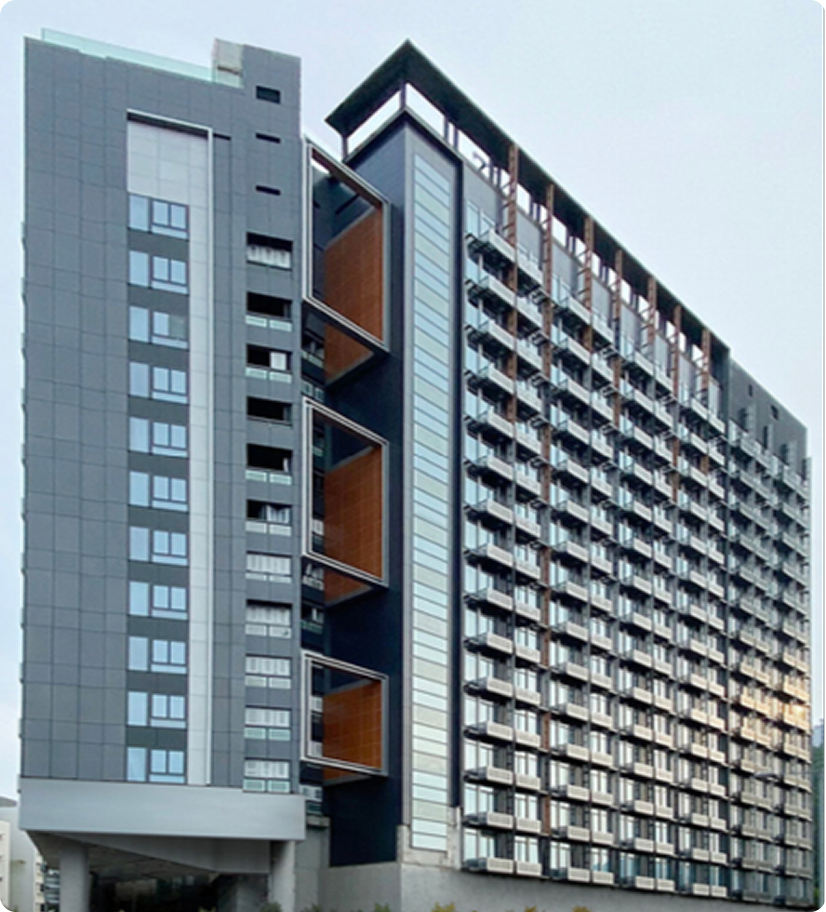
Case 1: InnoCell
- 17 floor tower, 418 hybrid modules, and 5 types of modules.
- Multimodal Sea-Land transportation.
- 2 TCs & 3-day construction cycle per floor.
- Temporary storage area.
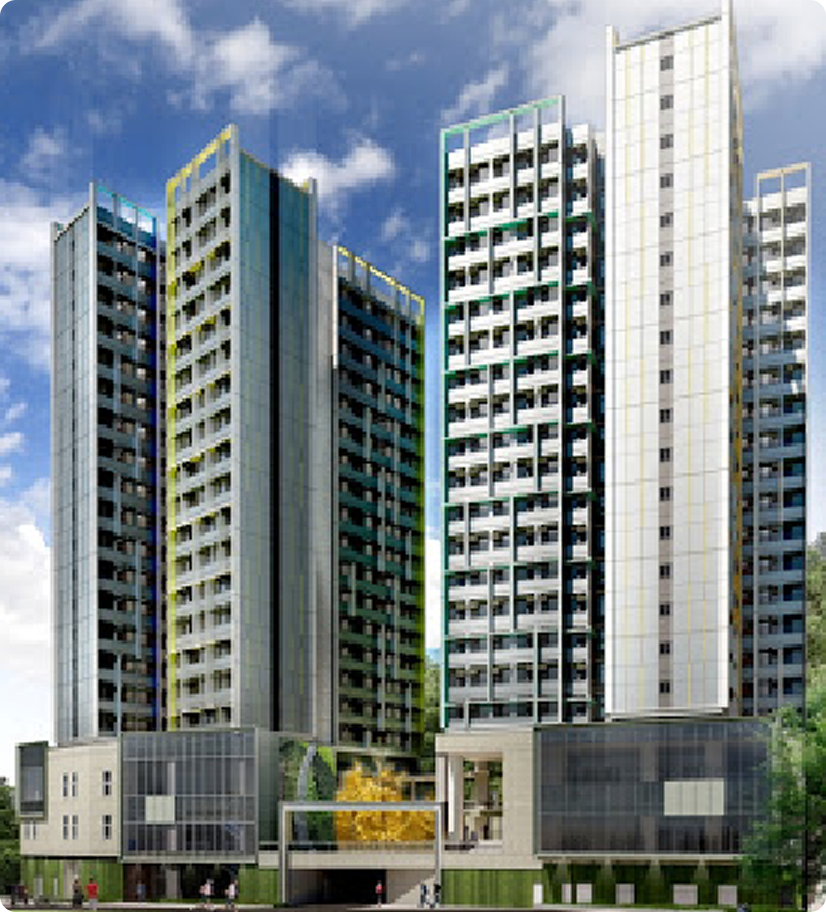
Case2: Student Residence for HKU
- Two 17-floor towers, 884 steel-framed modules, and 6 module types.
- Land transportation.
- 2 TCs & 4-day construction cycle per floor JIT delivery.
The system modeled 61 logistics factors and analyzed 26 KPIs in terms of time, cost, and sustainability. The optimized logistics plan reduces duration by 28.0%, costs by 30.8%, and carbon emissions by 17.3%.


